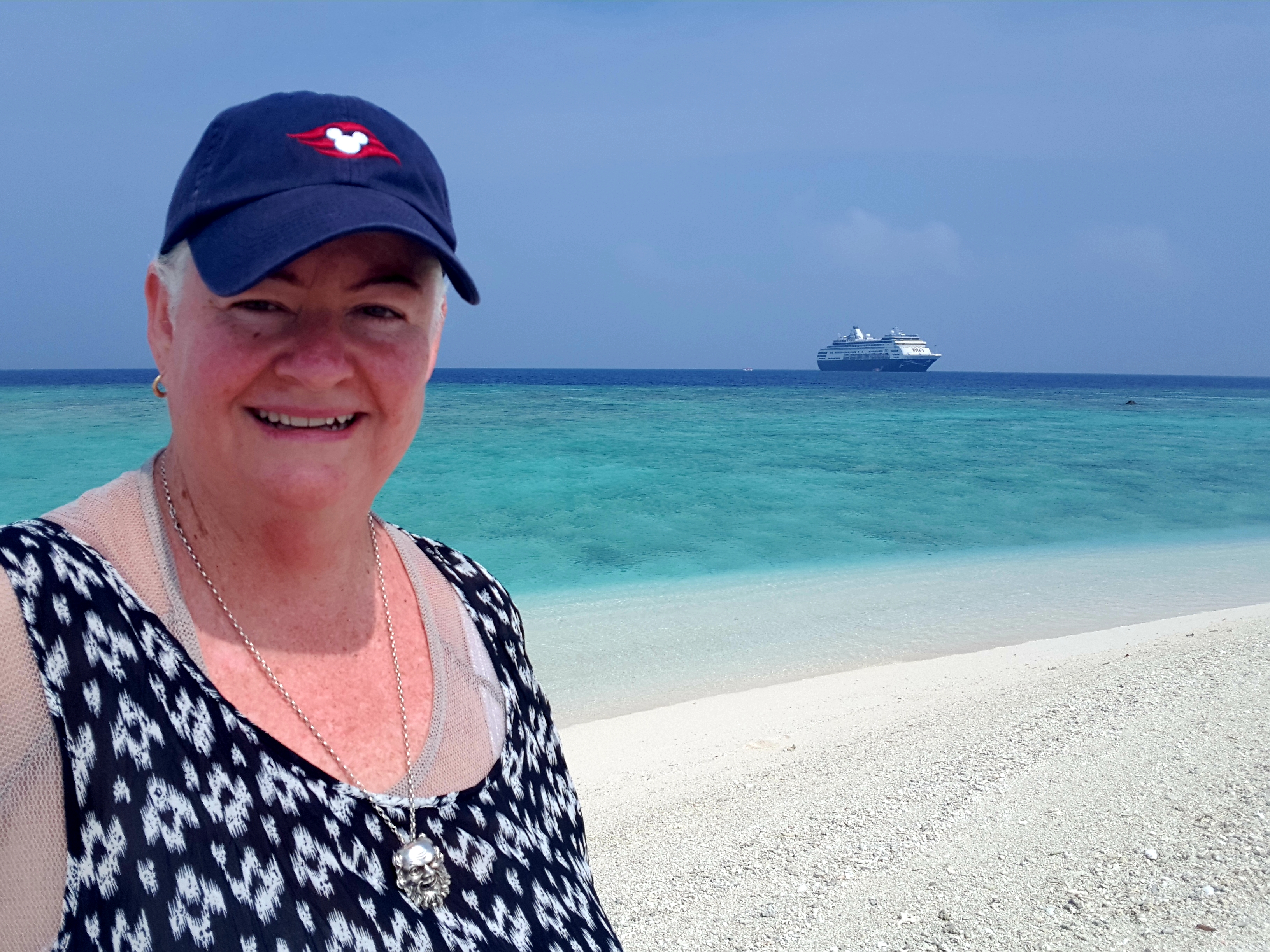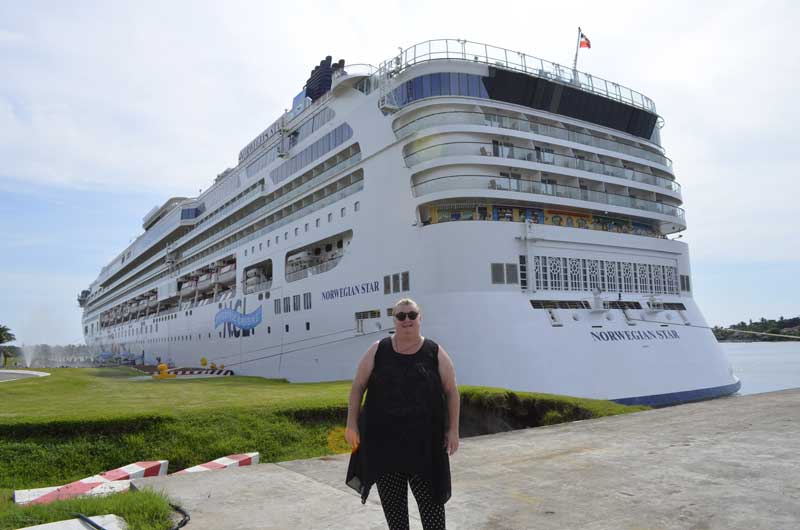When you are on a cruise, there is potential that you may need to leave the ship via a smaller vessel called a tender. A tender service could be a vessel from the cruise ship or it could be a third party provider from the local port. There a several issues to consider when you are transferring by tender the process to board the tender, the action of boarding or alighting from the tender, the duration of the tender transfer and the time to return to the ship.
Some ports have no capacity for ships to dock at a pier, so passengers are moved ashore by smaller boats or tenders. The tendering process can be by the ship’s own tenders or hired independent third party tenders. The tender process is like a major military action. Passengers that have shore excursions, meet at their designated meeting points and are escorted to the tenders when available, Passengers leaving the ship independently will be given instructions on how the tender disembarkation will be managed.
There are several different reason for people developing issues with tender. My personal issue is I get motion sick on a small vessel, where I don’t on a large vessel. As the transfers is usually less than 30 minutes I can usually manage to survive the experience. Some people may have a kinetic problem with the walking on moving surfaces. Some people may have depth perception issue when judging distance with the one side of the path is constantly moving. Each one of these potentially issues are easily addressed with cognitive training.
The process to board the tender,
I have seen a few different ways cruise lines organise passengers to leave the ship via a tender. One method could be you are directed to a designated point in a public space to receive a ticket for your allocated disembarkation. You wait in the designated public space until the number of this ticket is called when it is your turn to disembark. I have been in a disembarkation process where we stood and waited in a line for the next available vessel. What you will see is that for repeat cruises, may have a loyalty level that gives them priority access to tender transfers.
Passengers who have purchased shore excursion will get priority disembarkation during the tendering process. Once again you will be allocated a meeting area in a public space. Everyone waits until the crew are given clearance permission, at which point you will be notified of your disembarkation.
The action of boarding or alighting from the tender
Accessing a tender usually means going to the deck that is allocated for disembarkation. There is always life access to this level. As there is a lot of people disembarking at the same time, most able bodied people use the stairs. During this time access to the lift my be limited and at time frustrating. Even though people are on holidays sometimes there behaviour is uncharitably to say the least when they perceive that their needs are not being met. My advice is always to just relax, it is not your job to organise or direct activities, it will be your turn, just be patient.
Once you have moved to the level of the ship that disemarkation is occurring, you will inevitably be faced with uneven surfaces of the crew areas within the ship. You will be require to traverse crew stairs or stairs on a boom leading to a pontoon. These structures move with motion of the ocean, so it is important to hold on to the handrails to stabilize your progress. To some people this may induce an increase element of fear and anxiety. With adequate coaching before being faced with the situation, most people respond very well.
Over the years I have witnessed some uncomfortable behaviours by passengers entering onto and exiting tenders. It is always evident to me, that at no point has anyone with any knowledge and intelligence, has ever addressed any issues of concern some people face. It is important to firstly proactively address fears before they reach a crisis point at the point of entering or exiting a tender. Secondly, calmly deescalate the situation as a crisis is developing.
As a professional cruise companion, part of our role is to proactively work to subvert these situations. So we can see how other passengers, who have not had access to our calm support, meltdown and have full blown panic and anxiety attacks.
So I would like to give you some additional areas to consider when using a tender and how you would be able to support someone who was having a cognitive problem gaining access to a tender.
Before the whole process starts take time to
- Plan your outing, investigate access to the tender,
- Talk the potential experience over with your support people,
- Practice beforehand,
- Develop a fallback, a backup plan, pull out with dignity,
- There is often up to 30 steps before you reach the point of entering the tender,
- The tender is a moving object, you require an element of coordination to step on board a tender. The crew will offer you a stabilizing arm for assistance,
- You have to be able to negotiate the step yourself or with the assistance you bring,
- Your ability and dexterity may be strong in the morning and lower at the end of the day when you are tired.
Strategy for accessing a tender if you are anxious:
- STOP, Don’t Panic,
- Allow other people to move around you,
- Do not take on the pressure from other people,
- Take a deep breath x 3,
- Watch for the motion of the tendered. Work out your timing, decide if your movement is going to be on the up motion or the down motion of the tender,
- When you are ready, make the commitment and go for it.
The duration of the tender transfer.
The tender ride can take up to 20 to 30 minutes when you leave the dock. This time may be increased as you wait for other people to get on board the tender. Ventilation in tenders is very limited. So be aware that you may feel hot and uncomfortable for a period of time. With different tender styles you may have an opportunity to sit on a open deck with reasonable ventilation. Another thing to be aware of in a tender is often the seat is had fiberglass with no padding. Once again your comfort level may be low during your tender experience.
The time to return to the ship.
DO NOT lose track of time – Its five o’clock somewhere, thanks to Jimmy Buffet, when you are relaxing (or overindulging) at shore bar, the ship will leave without you. If you are wandering on your own time, make sure your watch is on ship’s time (or even a little ahead). Missing you’re the boat is bad, but the walk (run) of shame as everyone watches you heading down the pier to be the last person to board the boat, is humiliating. I can remember listening to my neighbour narrating on passengers stagger down the pier as we laid bets that he wouldn’t make it, a crew member ended up going to him with a wheelchair (now, that is service). Tender ports are different again, you need to add an additional time buffer so you are not on the last tender.
An important thing to remember is tenders are not wheelchair accessible for shore excursions. The flip side of this is, the crew are specially trained to deal with passengers with accessibility issue during an evacuation for emergency procedures. This disability accessibility is not to be confused with general accessibility during a shore excursion.







